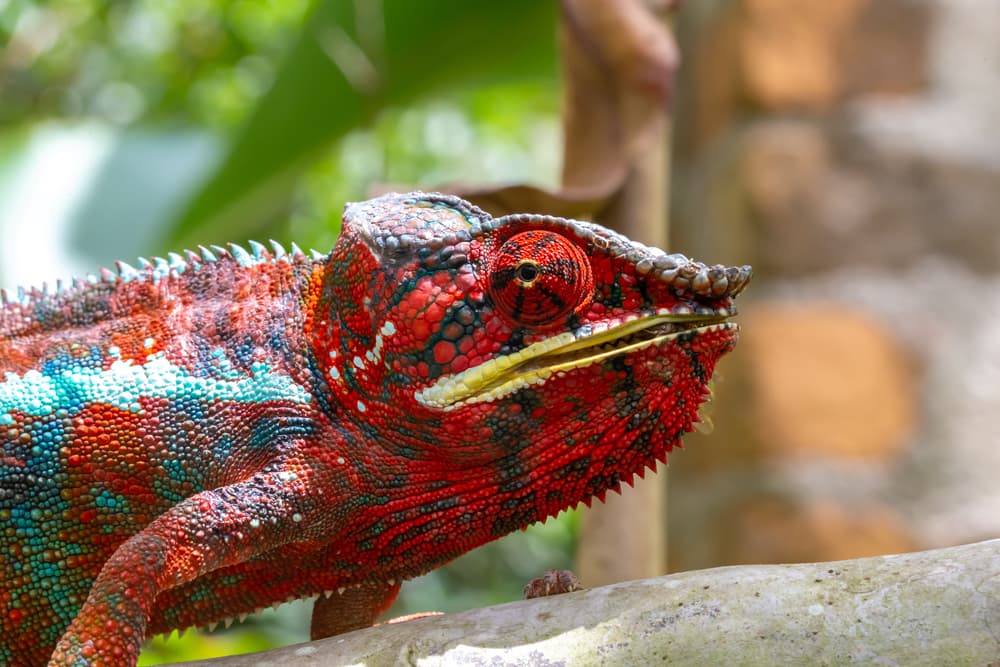
Bringing home a new reptile pet is so exciting! It’s worth noting, though, that you cannot simply buy a snake, tortoise, lizard, or other reptile and bring them back to your place empty handed. They need a special home, known as a reptile habitat or terrarium, in order to be happy, safe, and healthy. Your reptile has certain biological needs, but don’t worry. It is simple to set up a habitat that meets those needs.
Setting up Your Reptile Habitat
When creating a reptile habitat for your new pet, it is important that your terrarium doesn’t just look like their natural environment, it also acts like it. This means you’ll need the following:
Space: A larger habitat is always preferred. Purchase the largest terrarium you can afford that is able to fit into your home. There are two common terrarium shapes: long and tall. As a general rule, land-dwelling reptiles feel most at home in longer terrariums because they provide more surface area to roam. Reptiles that like to climb, like Chameleons, benefit most from taller enclosures.
Light: The exact lighting your reptile habitat needs is going to be dependent on the exact species. Many lizards, like Green Iguanas, require certain amounts of light exposure each day. On the other hand, nocturnal reptiles require more subdued lighting.
Temperature: A heating source is critical, because reptiles are cold-blooded animals and are unable to regulate their body temperatures on their own. Most reptiles need a constant temperature between 70 to 85 degrees F, with basking areas that reach over 100 degrees F. “Basking” reptiles move in and out of sunlight to gain the heat they need, as their form of thermoregulation. A basking lamp set up on one end of their terrarium will give your pet a temperature gradient that will allow them access to heat for digestion purposes and a cooler area for sleeping or resting. Their exact temperature needs are different for each species, time of day, and season, so be sure to research your individual species. Reptile heating device options including light bulbs, pads, tubular heaters, under-tank heaters, ceramic heating elements, and basking lights.
Humidity: Some reptiles may require different amounts of humidity in order to maintain optimal health. You can raise the humidity level by spraying the air with water frequently or by providing a source of standing or running water in the reptile habitat.
Bedding/Substrate: The ground beneath your reptile should feel natural. Tropical terrarium substrates include reptile bark, reptile soil, coconut husk, and moss. For a desert terrarium, you’ll want a substrate that is specially formulated sand.
Setting up a terrarium properly is one of the most important things you can do to care for a reptile. If you need help creating the perfect reptile habitat for your pet, Jabberwock Reptiles is here for you!

Recent Comments